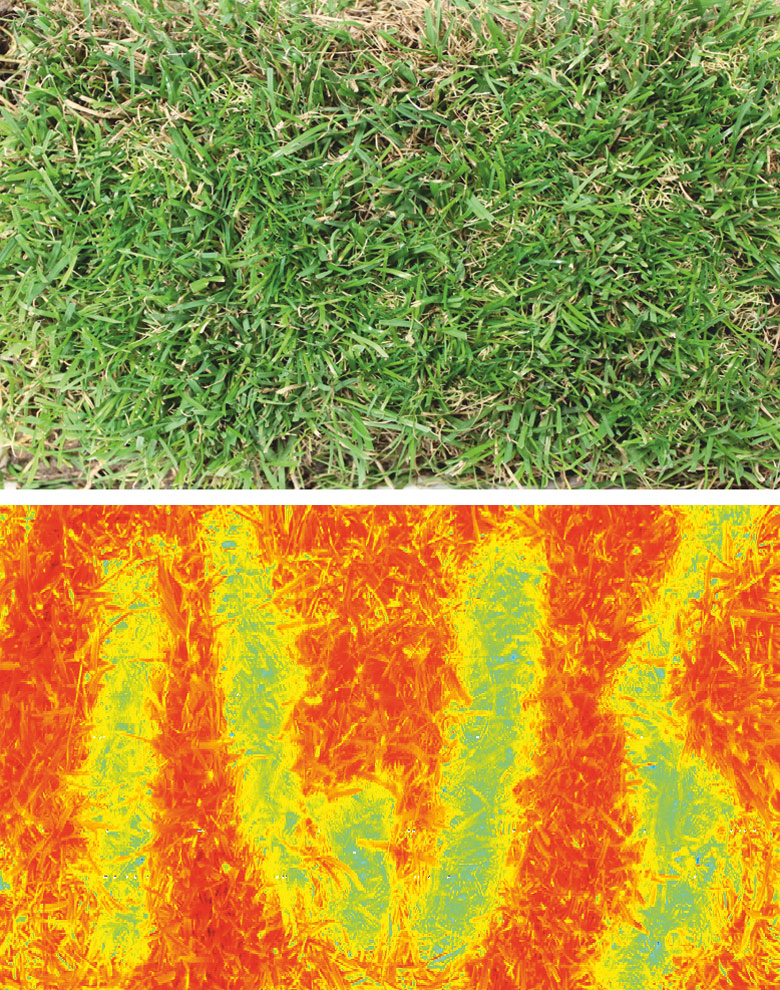The difference between multispectral and hyperspectral imaging is the number of the acquired spectral points. For a ‚real‘ hyperspectral imaging 100 spectral points should be acquired at least. Hyperspectral systems works in most cases – due to a line-wise scanning – as pushbroom imager, whereas the most multispectral imager record the whole image in one shot. The spectrum is then generated by the propagation of light through different optical filters (‚multichannel‘), sub-pixel-structures (‚Filter-on-Chip‘) or special prisms.
In accordance to the detector technolgy, hyperspectral and multispectral cameras will be often differentiated in respect to the usable wavelength ranges:
| UV |
- detection range 250 nm – 500 nm
- UV-enhanced Si-detector
- applications: fluorescence imaging, ultra-thin layers etc.
|
VNIS
(abbrev.: VIS-NIR) |
- detection range 400 nm – 1000 nm
- Si-detector
- applications: optical properties (reflection, color), security features, fluorescence, surface structure, thin films etc.
|
| NIR |
- detection range 900 nm – 1600 nm
- InGaAs detector
- sample structure, chemical composition, contaminations, defects
|
SWIR
(abbrev.: short wave infrared) |
- detection range 1000 nm – 2500 nm
- MCT detector
- smaple structure, chemical composition, contaminations, combinatoral vibrations
|
| MIR |
- detection range 2500 nm – 10000 nm
- MCT detector
- chemical groups and features, ground vibrations
|
 Fraunhofer Institute for Material and Beam Technology IWS
Fraunhofer Institute for Material and Beam Technology IWS
